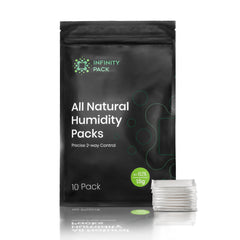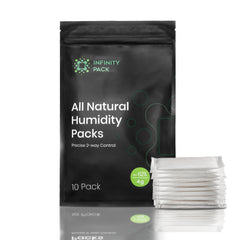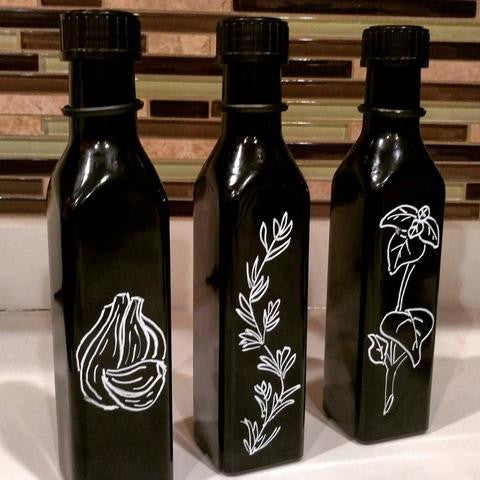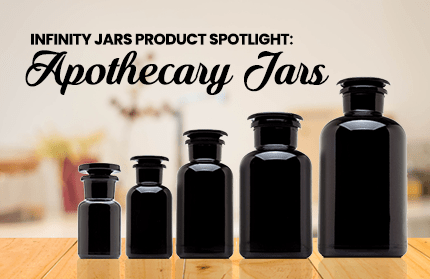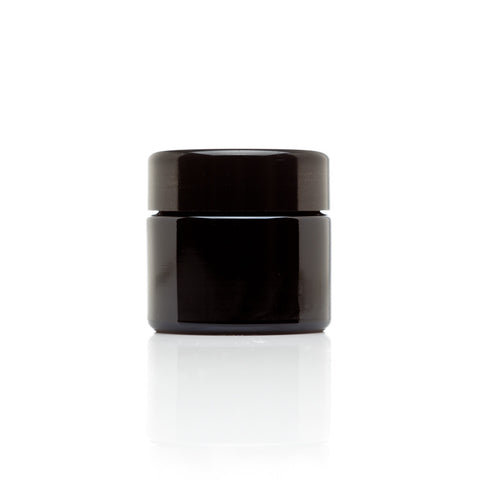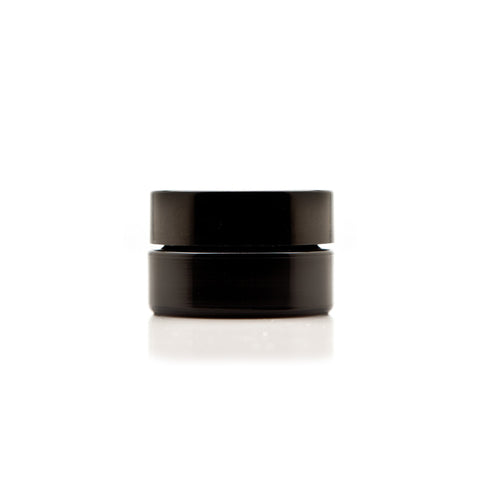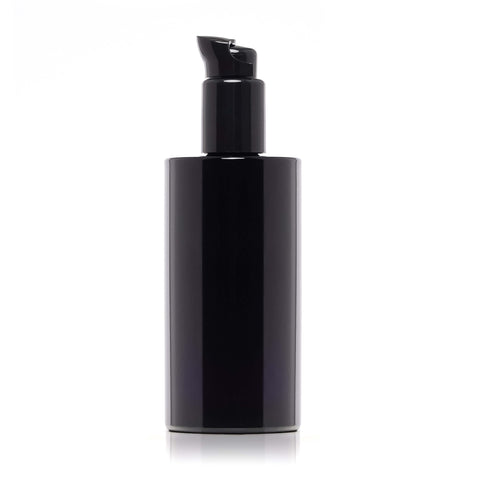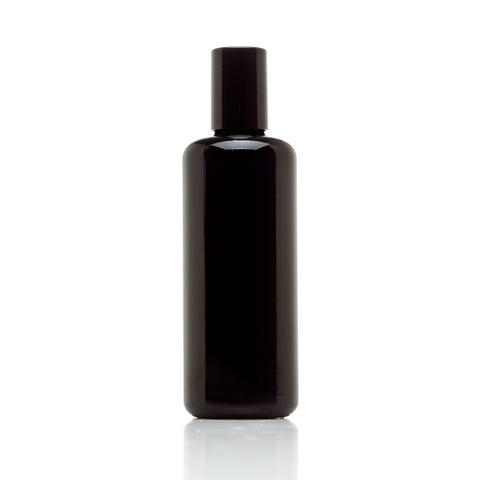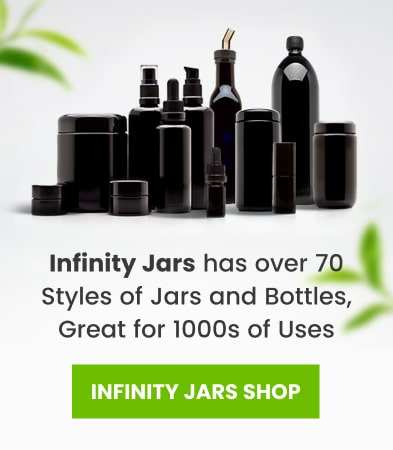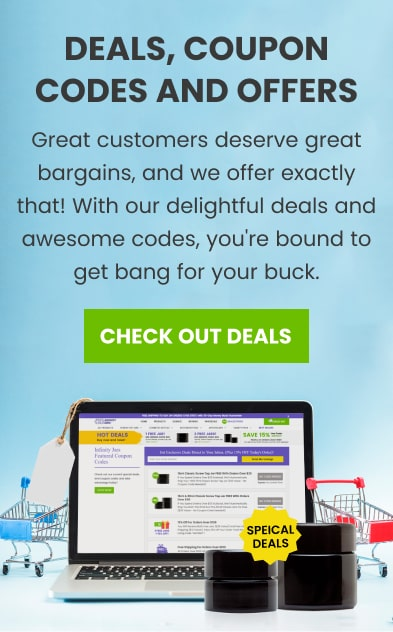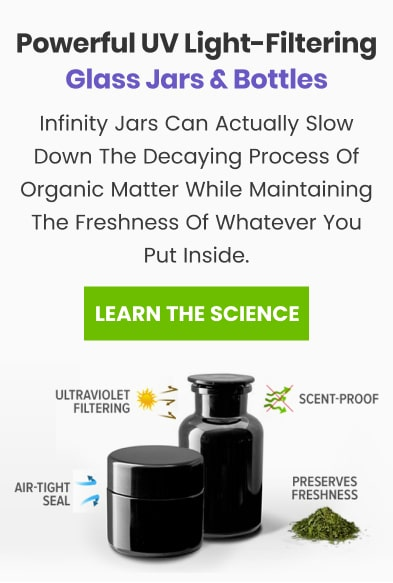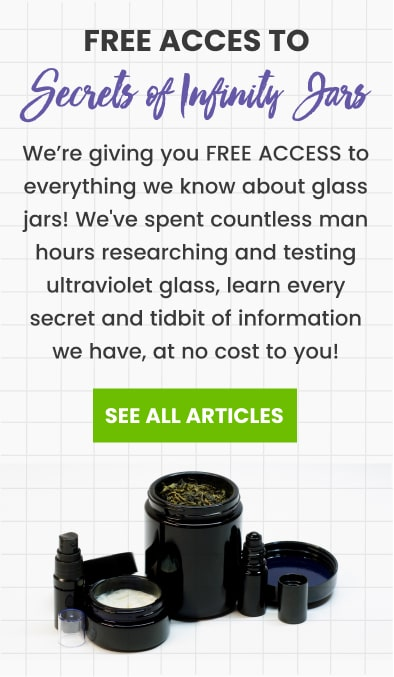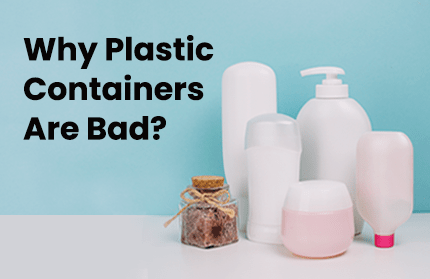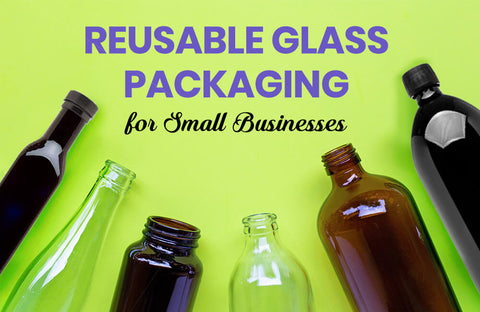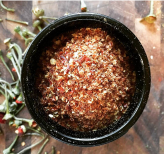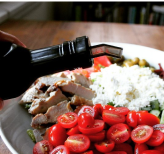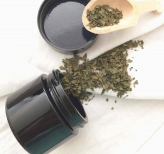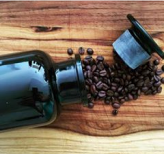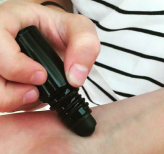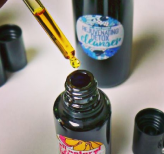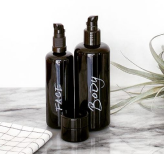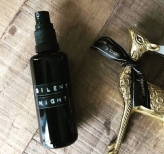
How It Works: Why PET Bottles are Bad
This article will take an in depth look at plastic’s effect on the environment, negative effects on consumer health and why it’s always better to use glass containers.
Plastic's Effect on the Environment
To understand plastic’s effect on the environment, it’s useful to understand exactly what plastic is and how it’s made. Generally speaking, plastic is comprised of synthetic or semi-synthetic organics that can be molded into many different objects and shapes. Plastic can be made from a variety of materials including but not limited to: “cellulose, coal, natural gas, salt, and crude oil.” Stop and think about that for a minute. Plastic is made with coal, natural gas and crude oil? Some of the most toxic, polluting, poisonous, horrible resources known to man are actually ingredients used to make plastic. This is in addition to any fossil fuels that are burnt to generate energy to create these products and the fossil fuels needed to extract more fossil fuels. To put it in a different way.
That plastic bottle of water you’re putting to your lips is made from the same ingredients as the gas you’re pumping into your car.
Crude oil becomes plastic after a visit to a refinery, where crude oil is distilled to different “fractions”. Each fraction of crude oil is used for different types of plastic and other products.
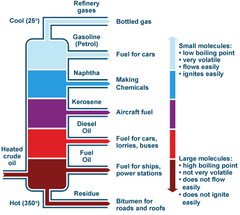
The most important fraction for manufacturing plastics is naphtha. Naphtha is taken and used in one of two major processes to produce plastic; polymerization or polycondensation. These processes reorganize raw materials on a molecular level to create plastics. The two main families of plastics are Thermoplastics and Thermosets. Approximately 90% of all plastics fall into the Thermoplastics category. The plastic products that result from this process are extremely cheap to make, impervious to water, durable and versatile. The very same features that make plastic so attractive to manufacturers are the exact reasons that make it so horrible for the environment. Plastic is made with non-renewable fossil fuel resources. These resources make plastic cheap and easy to use, but when disposed, plastic leeches dangerous chemicals into the environment (more on this later) that over time damage eco-systems. Plastic is also extremely durable, making it the substance du-jour for packaging everything from water to wipes. Unfortunately, this also means that disposing of plastic is a huge problem. Plastic is non-biodegradable and takes 1000’s of years to break down in landfills or, sadly, the ocean.
 A depressing example of this is the Great Pacific garbage patch, a massive plastic trash vortex, created by trash and the natural currents of the Pacific Ocean. The combination of leeching chemicals into the environment and taking thousands of years to degrade is a lethal one-two punch on our environment. In addition, land and sea creatures inadvertently consume plastic, which stays inside of them until they die, or the plastic kills them. We’ve all seen the images of seagulls with the plastic 6-pack band around their neck, but have you seen this image of an albatross found on Midway Atoll?
A depressing example of this is the Great Pacific garbage patch, a massive plastic trash vortex, created by trash and the natural currents of the Pacific Ocean. The combination of leeching chemicals into the environment and taking thousands of years to degrade is a lethal one-two punch on our environment. In addition, land and sea creatures inadvertently consume plastic, which stays inside of them until they die, or the plastic kills them. We’ve all seen the images of seagulls with the plastic 6-pack band around their neck, but have you seen this image of an albatross found on Midway Atoll?
The albatross is filled with plastic wrappers, caps and pieces that the sea bird mistook for food and was unable to digest. Imagine what lines the stomachs' of creatures much larger than the albatross, like dolphins and whales?
Plastic's Effect on Consumers
Besides the obvious danger plastic puts humans in, through its destruction of our eco-system, plastic itself can be harmful to humans. The raw materials and chemicals used to produce plastic packaging have been shown to transfer from the packaging into the products themselves over time. Even simple contact with plastic has been shown to increase exposure to harmful chemicals. Two chemicals in particular used in the plastic manufacturing process are highly dangerous to humans, phthalates and bisphenol-A (BPA). Both chemicals are added to clear plastic during the manufacturing process to increase flexibility and durability. Both of these chemicals mimic the effects of hormones in the body, particularly in regards to estrogen. Mariah Blake, an author from Mother Jones, writes: “Naturally occurring estrogens bind with proteins in the blood, limiting the amount that reaches estrogen receptors. …this wasn't true of BPA, which bypassed the body's natural barrier system and burrowed deep into the cells of laboratory mice.”
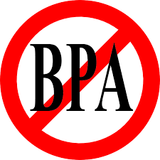 Basically, the human body can’t naturally regulate the estrogen like chemicals (BPA and phthalates) the same way that it can regulate estrogen. This allows BPA and phthalates to slip into your body and cause estrogen related damage. Pregnant women and children are especially at risk of severe damage as a result of BPA and phthalates exposure. According to the New York Times:
Basically, the human body can’t naturally regulate the estrogen like chemicals (BPA and phthalates) the same way that it can regulate estrogen. This allows BPA and phthalates to slip into your body and cause estrogen related damage. Pregnant women and children are especially at risk of severe damage as a result of BPA and phthalates exposure. According to the New York Times:
“The accumulating research fuels rising concern among scientists that childhood exposure to BPA may well contribute to female infertility, and that adult exposure may result in a shorter reproductive life span. ‘I think most scientists working today agree that BPA is an ovarian toxicant,” and that “ovarian toxicity is among the most consistent and strongest effects found ‘in both animal models and in women.’”
Increased estrogen exposure causes a myriad of health issues for women including but not limited to: breast cancer, weight gain and blood clots. What’s more scary is BPA and phthalates are found everywhere. Plastic sandwich bags, receipts and tin cans all contain BPA.
Why Glass Containers are Always Better
Choosing glass containers, especially ultraviolet glass containers, is always better than using plastic containers. Glass containers can break easier than plastic, but when they do break they don’t take 1000’s of years to biodegrade in a landfill or dump. If you only plan to use a glass container once, the container can be recycled (after cleaning) rather than thrown in the trash. Even better, glass containers don’t need to be disposed of at all! Simply clean the container out and use it again. In the short run by choosing glass containers over plastic containers you may sacrifice instant gratification convenience, but in the long run you benefit the whole of humanity (and the eco-system) by choosing to not contribute to the plastic crisis.
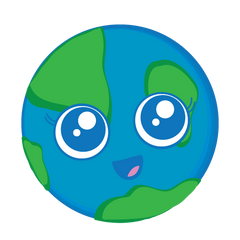
In addition, glass jars and bottles are inert and don’t allow the transmission of any chemicals from the glass. You can store your products for long term in glass containers and feel good that nasty chemicals like BPA and phthalates aren’t leeching into your products and contaminating them. You might look at a product like our 250 ml ultraviolet glass screw top jar and say to yourself, “This jar is not 100% glass, it has a plastic top”. You’re right; it has a sturdy, airtight black plastic lid. The difference is that our lid is BPA free and the addition of a liner to our caps means that there is very little contact with the plastic lid.
Conclusion
At the end of the day, we all want to be happy and healthy. We’ll leave you with some tips to avoid BPA and other harmful chemicals from Time magazine:
- Don't Microwave Plastic Containers
- Buy BPA Free Glass Water Bottles
- Say No to Receipts
- Skip Canned Foods





